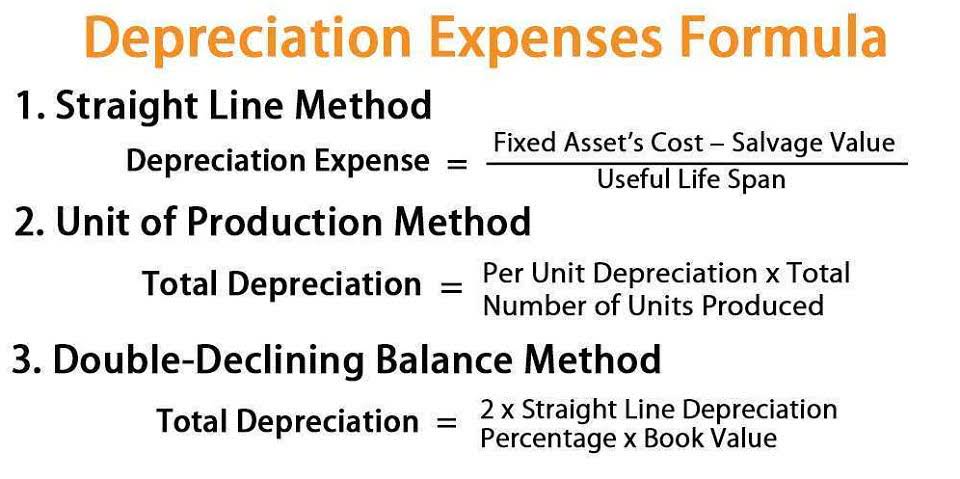
Creating the balance sheet statement is one of the last steps in the accounting cycle, and it is done after double-entry bookkeeping. Double-entry bookkeeping is a system that records transactions and their effects into journal entries, by debiting one account and crediting another. Now, there’s an extended version of the accounting equation that includes all of the elements (described in the section above) that comprise the Owner’s Equity. The accountants should ensure that the concept of accounting equation and its rules are properly followed and the transactions are daily and accurately recorded. An asset can be cash or something that has monetary value such as inventory, furniture, equipment etc. while liabilities are debts that need to be paid in the future.

Do you already work with a financial advisor?
The inventory (asset) will decrease by $250 and a cost of sale (expense) will be recorded. (Note that, as above, the adjustment to the inventory and cost of sales figures may fundamental accounting equation be made at the year-end through an adjustment to the closing stock but has been illustrated below for completeness). Shareholders’ equity is the total value of the company expressed in dollars.

Assets, Liabilities, And Equity
As we previously mentioned, the accounting equation is the same for all businesses. It’s extremely important for businesses in that it provides the basis for calculating various financial ratios, as well as for creating financial statements. Liabilities are financial obligations or debts that a company owes to other entities. Liabilities are an essential component for an organization to ensure smooth business operations.They are recorded in the balance sheet and are categorized as current and long-term liabilities based on their due date. An asset is a resource that can provide current or future economic benefit to the organization who owns or controls the asset. Assets are reported on a company’s balance sheet and comprises various asset types such as intangible assets, financial assets, fixed assets and current assets.
Related Resources
- In this article, we take a deep dive to understand the core attributes of the accounting equation, its role in day to day transactions and how it plays a crucial role in accurate financial reporting.
- The accounting equation shows the amount of resources available to a business on the left side (Assets) and those who have a claim on those resources on the right side (Liabilities + Equity).
- For the past 52 years, Harold Averkamp (CPA, MBA) hasworked as an accounting supervisor, manager, consultant, university instructor, and innovator in teaching accounting online.
- If hypothetically, the total does not hold, this means that some of the transactions (or class of accounts) have been categorized improperly.
- Because there are two or more accounts affected by every transaction carried out by a company, the accounting system is referred to as double-entry accounting.
- To prepare the balance sheet and other financial statements, you have to first choose an accounting system.
- It includes the amount that is owed by the shareholders, as a return on their investment in the company.
Finally, a cash flow statement can be produced for the period and reports the change in cash balances between periods. The accounting engineering records the new asset and the use of cash. The 500 year-old accounting system where every transaction is recorded into at least two accounts. Accountingo.org aims to provide the best accounting and finance education for students, professionals, teachers, and business owners. Understanding how the accounting equation works is one of the most important accounting skills for beginners because everything we do in accounting is somehow connected to it.
Ask a Financial Professional Any Question
The accounting equation’s left side represents everything a business has (assets), and the right side shows what a business owes to creditors and owners (liabilities and equity). The shareholders’ equity number is a company’s total assets minus its total liabilities. The accounting equation helps to assess whether the business transactions carried out by the company are being accurately reflected in its books and accounts. For example, an increase in an asset account can be matched by an equal increase to a related liability or shareholder’s equity account such that the accounting equation stays in balance. Alternatively, an increase in an asset account can be matched by an equal decrease in another asset account. It is important to keep the accounting equation in mind when performing journal entries.

Assets include cash and cash equivalents or liquid assets, which may include Treasury bills and certificates of deposit (CDs). Second, what is a one step transaction in the real world becomes a three steps transaction in the accounting world. I am sure at this point you are thinking of accounting as of “the art of making easy things hard”. Liabilities can be regarded as obligations that need to be honored by the company in order to settle the respective accounts. From setting up your organization to inviting your colleagues and accountant, you can achieve all this with Deskera Books. You can witness the easy implementation https://www.instagram.com/bookstime_inc of the tool and try it out to get a renewed experience while handling your accounting system.
Sample Business Transactions
It can be regarded as the very basis of maintaining accounts for any particular organization. The main premise of the balance sheet in this regard is to show the assets held by the company are equal to the sum of liabilities and equity held by the company at a particular date. To prepare the balance sheet and other financial statements, you have to first choose an accounting system. The three main systems used in business are manual, cloud-based accounting software, and ERP software. The accounting equation is the foundation of double-entry bookkeeping which is the bookkeeping method used by most businesses, regardless of their size, https://www.bookstime.com/ nature, or structure.
































